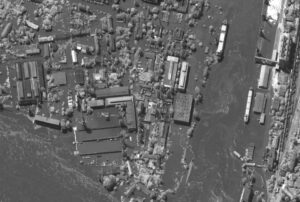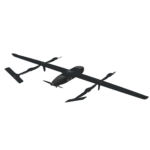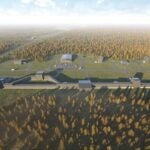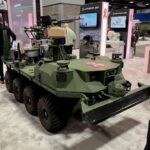
Defense Department-based intelligence agencies are taking advantage of commercial remote sensing capabilities, a House Armed Services Committee (HASC) panel says, adding it wants these and other DoD components to make more use of commercial sensing and space services and platforms. In its proposed mark of the fiscal year 2024 defense authorization bill, the Strategic Forces Subcommittee says it is “encouraged” by the National Reconnaissance Office’s (NRO) service contract with commercial vendors for space-based electro-optical (EO) Earth sensing and is urging…

 By
By 











